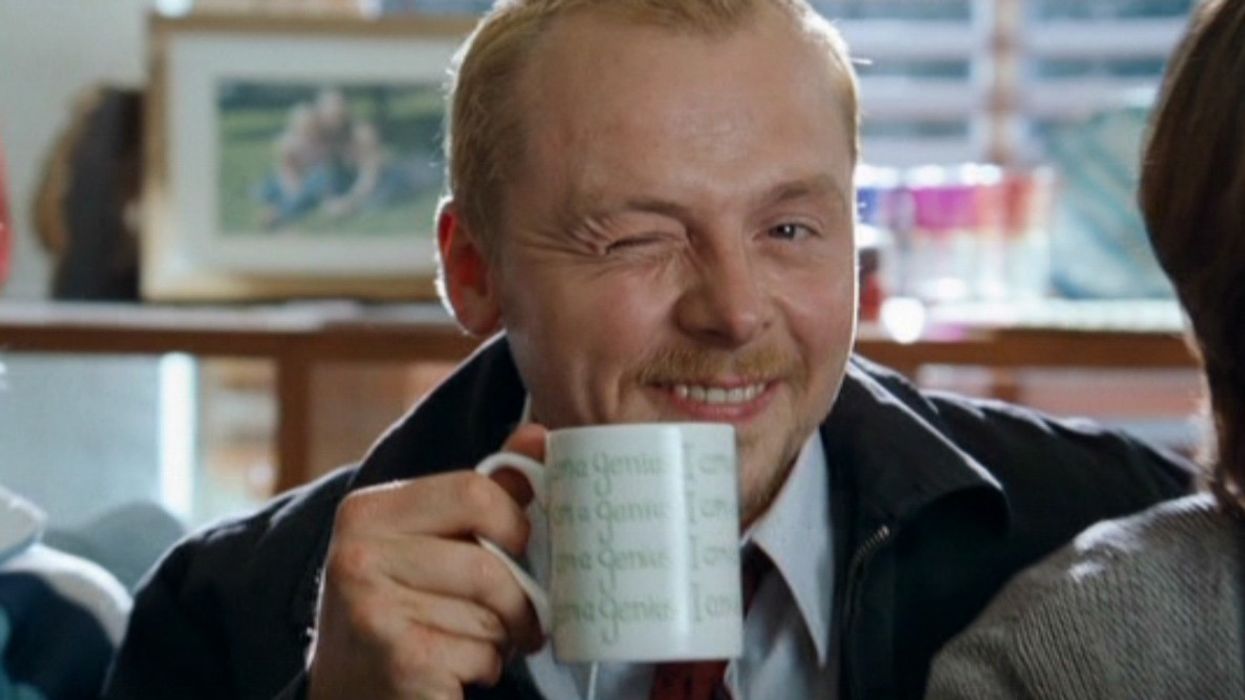How the 'Shaun of the Dead' Script Directs Your Eye
If you have a favorite movie with a unique visual style, try finding the screenplay and seeing how the film "looks" on the page.

This is a tip I would give to anyone wanting to work in movies, whether you're on the writing side or the directing side or anywhere in between.
I'm a script analyst and have been a reader at multiple Hollywood companies for several years, and I've heard my job described as a "grad school" of screenwriting. That's because reading scripts is an easy, and usually free, way to educate yourself on writing and filmmaking.
There is so much knowledge to be gleaned from how a screenwriter creates the action and tone for a movie in the writing itself. If you can ever get your hands on a good script, look for the details in the writing. What word choice is the writer using? Does the pacing of sentences match the pace of what will eventually be on screen? (Think short, clipped sentences for moments of urgency, and longer, more detailed sentences for slower-paced scenes.) Does the writer have a voice? And is that voice appropriate for the tone of the story?
It's always a good idea to try to get the scripts for films you like or from writers you admire, so that's why I was excited when Mentorless recently examined how Edgar Wright and Simon Pegg created their 2004 zombie masterpiece, Shaun of the Dead. Mentorless was specifically interested in how they wrote their transitional shots, versus how they were eventually filmed.
They looked at the below sequence. Take note of those quick, zooming shots between the dialogue scenes.
The first series of shots shows a toilet being flushed, Shaun brushing his teeth, hands being washed, then the adjustment of a nametag.
How does this look on the page? Check it out.
As Mentorless points out and I am very pleased to see, there are no camera directions in this bit of the script.
Part of this is probably because Wright and Pegg already had a good idea of how this would look when they eventually shot it, so they didn't need to write things like, "CLOSE ON toilet flushing. ZOOM IN ON teeth being brushed. ANGLE ON Shaun's nametag."
It's my personal preference overall to not see camera direction in scripts, actually. If the writing is strong enough, you don't need it.
By calling attention to something on the page that will later be an important visual, as Wright and Pegg did here, the mind will "zoom in" for you naturally.
Beginning screenwriters sometimes make the mistake of trying to dictate exactly how they want everything in their project to look and sound, leaving no room for interpretation by directors and actors. Too much camera direction is a little distracting, in my opinion, and takes the reader out of the story.
This doesn't mean you can never put camera direction in your screenplays. Sometimes for a specific stylized visual, it's necessary. But as we can see from this example, you can write your script in a way that will let your mind be the camera. If you do, your script will read as more natural and engaging on the page.
If you're ready to learn more about screenwriting, check out our free 10-week screenwriting seminar! Our screenwriting tag is also a great resource.
Source: Mentorless













